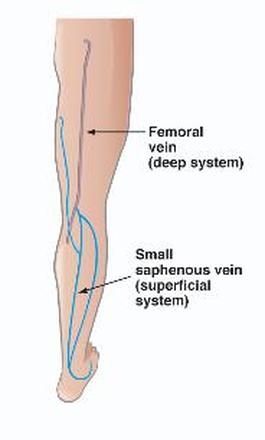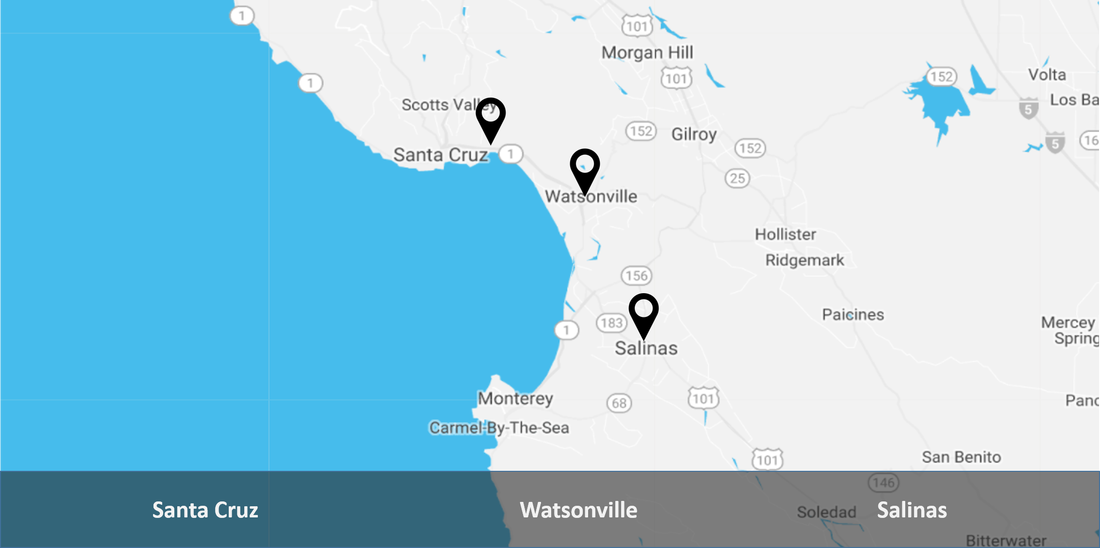About Vein Disease
Vein disease occurs when veins have trouble carrying blood from your body back to your heart. Increased pressure in the veins, such as that caused by prolonged standing, obesity, pregnancy, and blood clots, is the usual cause of vein diseases, such as varicose veins. Varicose veins may also be hereditary. You are at higher than average risk if your mother or grandmother -- or even someone on your father's side -- suffers from serious vein problems. And, due to pregnancy women are more often affected than men.
Understanding Superficial Venous Reflux
Your legs are made up of a network of veins. Healthy leg veins contain valves that open and close to assist the return of blood back to the heart. Venous reflux disease develops when the valves that keep blood flowing out of the legs and back to the heart become damaged or diseased. This can cause blood to pool in your legs and lead to symptoms such as pain, swelling, swollen limbs, leg heaviness and fatigue, skin changes and skin ulcers, and varicose veins.
Venous System Anatomy
The veins in the lower limbs are classified into two systems: Superficial (including the greater and lesser saphenous veins) and Deep. The two systems are connected by perforating veins that pass through the deep fascia at mid-thigh, knee and ankle. The diagrams below show the veins of the superficial system in blue and pink and the deep system in gray. The great saphenous vein is highlighted in pink.
Understanding Superficial Venous Reflux
Your legs are made up of a network of veins. Healthy leg veins contain valves that open and close to assist the return of blood back to the heart. Venous reflux disease develops when the valves that keep blood flowing out of the legs and back to the heart become damaged or diseased. This can cause blood to pool in your legs and lead to symptoms such as pain, swelling, swollen limbs, leg heaviness and fatigue, skin changes and skin ulcers, and varicose veins.
Venous System Anatomy
The veins in the lower limbs are classified into two systems: Superficial (including the greater and lesser saphenous veins) and Deep. The two systems are connected by perforating veins that pass through the deep fascia at mid-thigh, knee and ankle. The diagrams below show the veins of the superficial system in blue and pink and the deep system in gray. The great saphenous vein is highlighted in pink.



